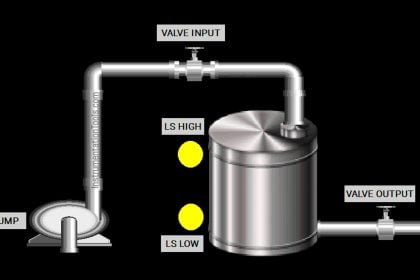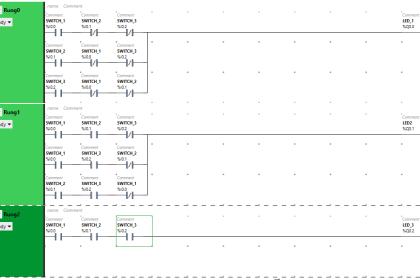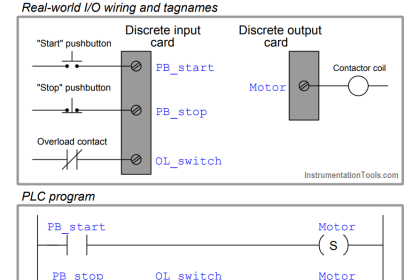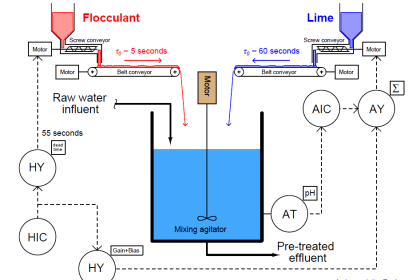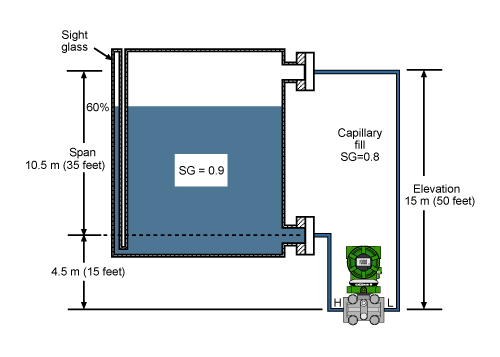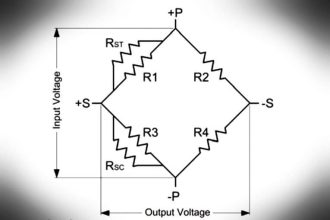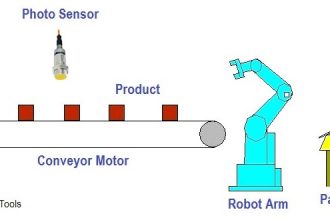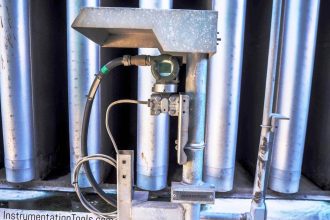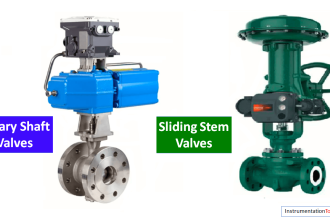In this post, we will see the use of augmented reality (AR) and virtual reality (VR) in industrial automation.
Industry 4.0 revolution has taken industrial automation by storm and made production capabilities easier for companies. Out of the many techniques in this revolution, one such feature that stands out is augmented reality (AR) and virtual reality (VR).
These terms are in common understanding in gaming, medicinal practices, entertainment, and education sectors.
A simple example is a child playing a virtual video game in a shopping mall. All his actions are mimicked in the game. AR and VR is a concept of combining virtual graphics generated by the computer with real-time world data. Both are similar in theory but has some major differences
Virtual Reality in Industrial Automation
Virtual Reality (VR) takes the operator into a fully virtual world using headset wearable devices. They allow the user to interact with the computer-generated graphics.
Mostly, VR is found in gaming zones where a simulation experience immerses the user more into the game and makes him feel like he is playing in the real environment.
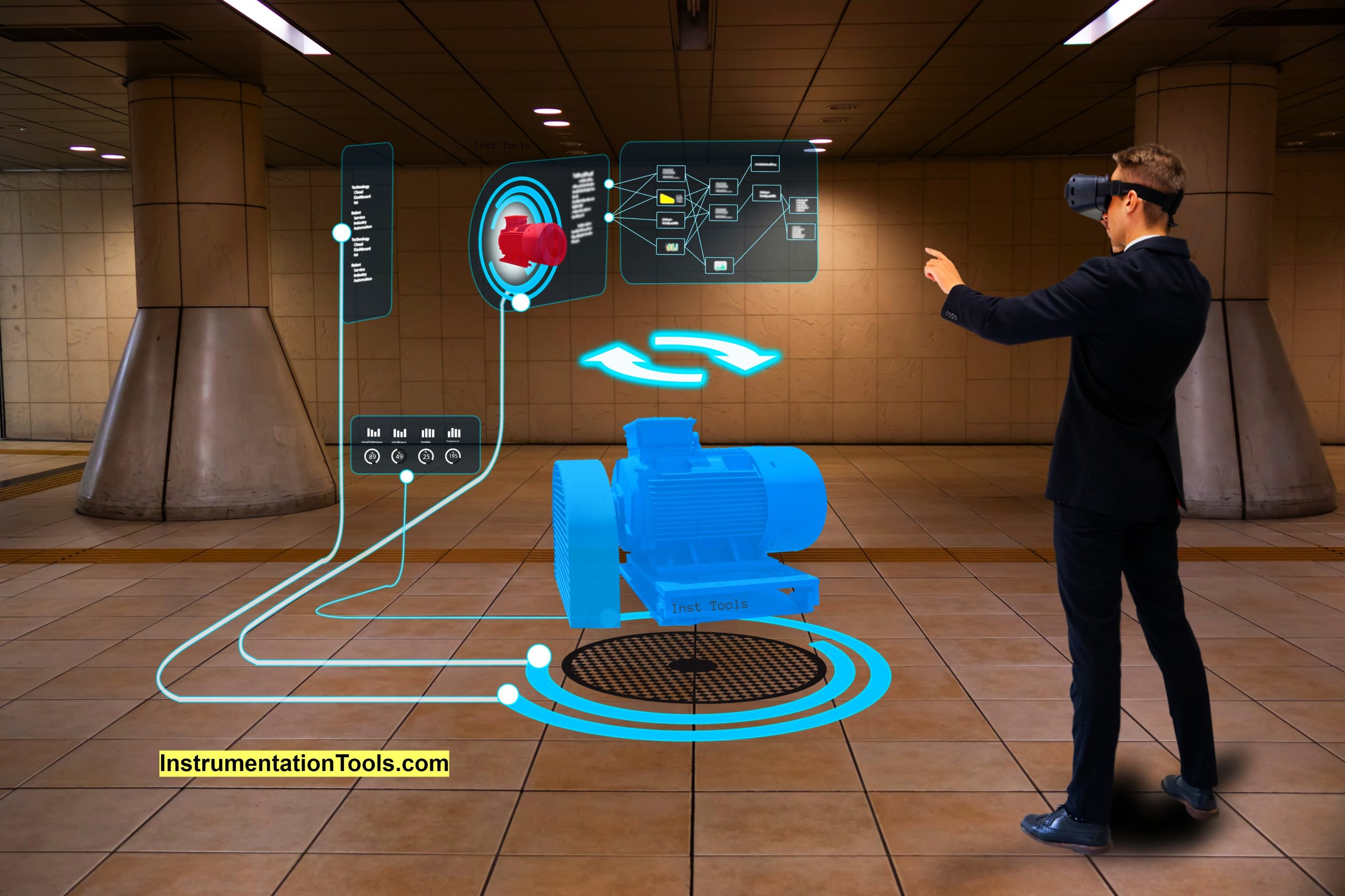
Augmented Reality in Industrial Automation
Augmented Reality (AR) is a higher level of VR. The computer-generated graphics are overlapped in the real world environment with the help of mobile phones, smart glasses through a camera, and tablets.
Augment means addition or enhancement. So, it is just an expansion of VR and adds a more user-friendly experience to this technology.
AR and VR Concepts
Nowadays, AR and VR have found a great place in manufacturing and production. IIoT has integrated smart manufacturing tools with automation technology. So, AR and VR just add to this experience in IIoT.
Virtual elements created in the CAD software are merged with the real-time data depicted on mobile devices, smart glasses, headsets, and laptops. This supports various kinds of human-centered activities and makes the technician feel like he is real-time operating the machine with all the virtual graphics.
Consider an operator who wants to operate and control a large industrial area with fewer errors and high accuracy. Due to AR and VR devices, he will be able to go through a particular system virtually with a detailed guide and maintenance.
Cameras and headsets will guide the operator in understanding the system more properly with real-time data and accordingly, he will take the necessary action. He just sits in the central control room and operates the whole plant with ease and greater accuracy.
These elements will highlight the system with in-depth elements and their real-time data with proper animation, and thus help the operator in controlling the system.
AR and VR will easily identify the devices of a factory and give proper information about them. This reduces human efforts in recognizing and maintaining the automation equipment which would otherwise be time-consuming and hectic.
It also helps in reducing the human visit or presence required in a hazardous environment or in conditions where it is not possible to reach on time. The devices will just simulate everything in front of him and just wait for his actions to deliver.
It is also possible to estimate the cost of a system more accurately and plan the activity; as the user knows a large number of details by experiencing it. The designing stage thus gets easier and reliable to operate.
All these techniques together coupled with other IIoT technologies make manufacturing, logistics, and overall output smarter and more efficient.
Also, with recent advances in 5G technology, AR and VR will become stronger to use and operate. It is just a matter of time before this technique acquires full-fledge strength in industrial automation.
If you liked this article, then please subscribe to our YouTube Channel for Instrumentation, Electrical, PLC, and SCADA video tutorials.
You can also follow us on Facebook and Twitter to receive daily updates.
Read Next:
